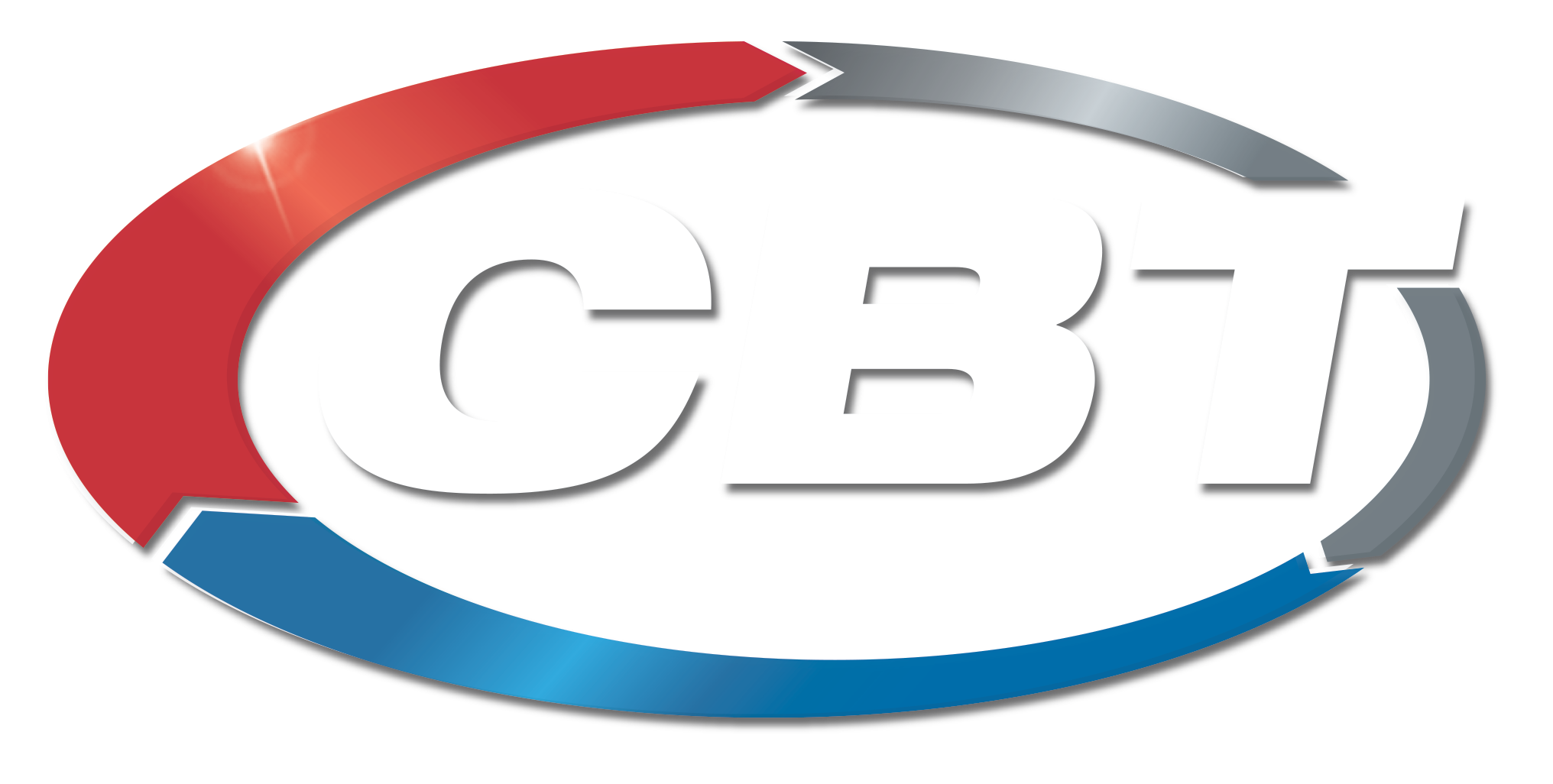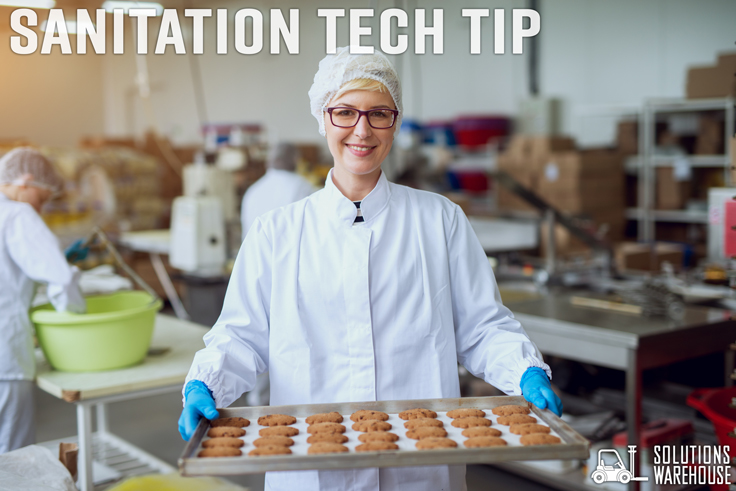
The main goal as a food producer is to keep food and consumers safe. When a food recall is issued, processors hold their breath and hope they aren’t the next to join the growing list of product recalls. Hygienic design and redesign of equipment is a critical piece to protect the food being produced. When we talk about hygienic design there are common misconceptions that arise over and over.
1) Hygienic design is expensive
When evaluating two alternatives for a piece of equipment, the hygienic designed machine might cost more money upfront. However, the potential savings from avoiding a food recall or the costs of a PR nightmare will far offset the difference in initial cost.
2) Poor sanitation is the reason for recalls, not the equipment
The effectiveness of sanitation directly corresponds to the design of the equipment. Machines with harborage points are difficult or impossible to clean to a microbiological level. Proper hygienic design, along with a proper sanitation program, is the key to a safe food manufacturing environment.
3) The product you make isn’t a contamination risk
Almost all products are at risk for contamination. Meat and poultry were once thought as the only products at risk. However, with the increase in food processing on a global scale, foods from blueberries to crackers are susceptible to contamination.
4) The consumer is responsible to wash their vegetables and cook their meat properly
Food processors would like to put the obligation on the consumer, but certain products cannot be washed or cooked by the consumer. There was a recent recall on Pepperidge Farms Goldfish crackers, which certainly cannot be washed and decontaminated by the customer.
5) The use of chemical sanitizers eliminates the need for sanitary equipment
Sanitary equipment and sanitation practices work together to ensure the prevention of food borne illnesses. Overcompensating for poorly designed equipment with overuse of chemical sanitizers will not ensure food safety.
6) Hygienically designed equipment doesn’t need washed
A well-designed hygienic machine still needs to be cleaned on a routine basis. Developing a best practice for contamination prevention should include a thorough cleaning schedule.
7) A dry processing facility is safe from bacteria
An absence of water does not eliminate the risk for bacteria. If you are forgoing the use of water in the cleaning process, be sure your equipment is designed to be cleaned using tools like scrapers and vacuums.
8) Equipment that looks clean is safe from contamination
Bacteria is invisible to the naked eye and very unlikely to be detected without the use of a microscope. Equipment that has not been properly designed for hygienics can have contamination points and areas for pooling water. Properly designed equipment will eliminate harborage points and allow you to have equipment that not only looks clean, but actually is clean.
9) I don’t have to worry about contamination because my produce is organic
Organic or not – bacteria can, and will, find its way into the manufacturing process. Hygienic design must be considered even with organic products.
10) We only produce one product so there isn’t a risk of contamination
Outbreaks can occur in single product facilities. Salmonella or listeria can enter a plant with any type of incoming ingredients. A plant full of hygienically designed equipment and a thorough hygienic plan in place is the only way to minimize the risk of contamination.
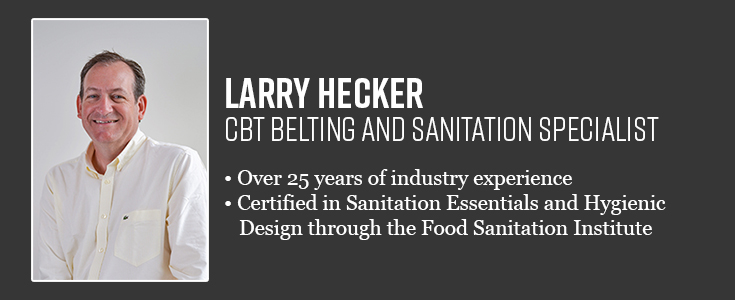
Larry Hecker, CBT’s Certified Sanitation Specialist, is readily available to work through any hygienic design issues your plant may face. Hygienic design should be a holistic solution applicable to every aspect of your plant. While this may seem overwhelming, CBT’s team of industry experts takes the guesswork and uncertainty out of hygienic design.
Related Products
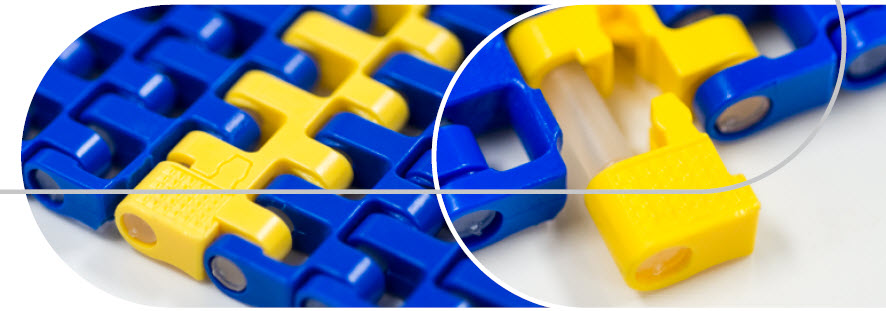 Need a quick and easy way to remove and reinstall your plastic modular belts? Look no farther than Habasit and their revolutionary Sani-Clip™. It allows for removal and reinstalling of the hinge pin in a matter of seconds.
Need a quick and easy way to remove and reinstall your plastic modular belts? Look no farther than Habasit and their revolutionary Sani-Clip™. It allows for removal and reinstalling of the hinge pin in a matter of seconds.
Think safety and hygienic design is mutually exclusive? Not with Allen Bradleys new IP69K rated Guardmaster Micro 400
safety light curtains. Mounted with the provided stainless steel mounting brackets, these light curtains keep operators safe while allowing for high pressure washing of the surrounding equipment.
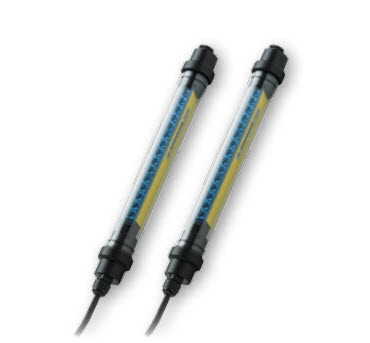
Shop Now:
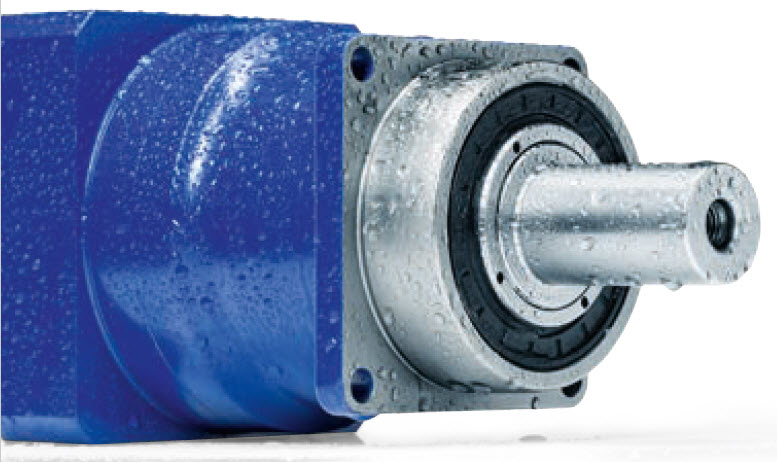 Have an application that requires precision in the product handling? Wittenstein has a line of washdown rated servo gearboxes with IP69K sealing technology.
Have an application that requires precision in the product handling? Wittenstein has a line of washdown rated servo gearboxes with IP69K sealing technology.






